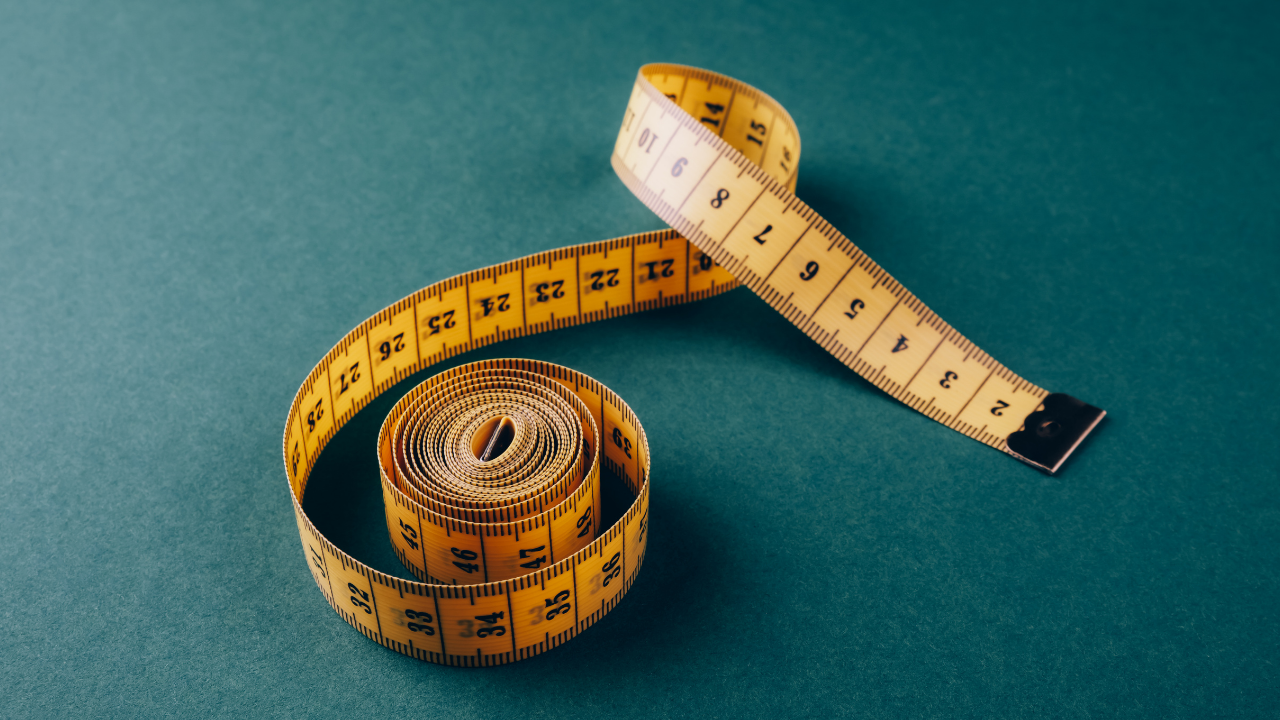keep your distance

Like the dead mouse your cat proudly drops at your feet, 2020 has offered a number of unasked-for gifts. Fashion masks. The return of the shag haircut. Zoom school. And a new phrase: Social distancing.
Did you ever hear it or say it before this year? Me neither. Ever curious, I looked it up. It turns out “social distancing” was first used back in 2003 at the time of the SARS epidemic, although no one in particular is credited as the author of the term.
The World Health Organization apparently finds the phrase regrettable, and would like us to think of physical distancing instead, since that’s the real message. To prevent the spread of COVID-19, you can socialize all you want; just not in person.
In our writing, narrative distance is one of those writing craft topics too often overlooked. Here’s the question to ask, and you have to answer it sentence by sentence: What distance have you put between your reader and what’s happening on the page?
This is best explained by use of an example, so let me share one that I use in Path of the Storyteller’s course on writing craft. These two passages are from A Wrinkle in Time, by Madelene L’Engle.
Below them the town was laid out in harsh angular patterns. The houses in the outskirts were all exactly alike, small square boxes painted gray. Each had a small, rectangular plot of lawn in front, with a straight line of dull-looking flowers edging the path to the door.
In movies, this is called a long shot. It establishes the setting from a significant distance, far enough to take in the whole town at once.
Now look at this passage:
The first sign of returning consciousness was cold. Then sound. She was aware of voices that seemed to be traveling through her across an arctic waste. Slowly the icy sounds cleared and she realized the voice belonged to her her father and Calvin. She did not hear Charles Wallace.
Now we’re inside the head of the book’s main character, Meg Murry. In movies you might call it a close-up, but it’s even closer than that, as we readers are placed inside the mind of Meg as she rouses from unconsciousness.
No green screen or CGI required, here! From the furthest reaches of the galaxy to the inner workings of a person’s mind, well-crafted prose has always had the capacity to zoom from far to near and back again.
But here’s the issue: Writers who are not fluent in this particular technique of writing craft tend to get stuck writing from the middle distance, neither far nor close. They shy away from establishing settings with a grand panoramic sweep, and (importantly) they don’t zoom in close enough, often enough.
We want our readers to feel like they’re experiencing the story right along with the main character. That’s hard to accomplish if you’re always keeping the reader at arm’s length.
Instead, think like a cinematographer and mix up your shots. Establish the world (long shot), establish the scene (middle shot), and then zoom into your main character’s experience.
TIP: Vary the narrative distance in your work by using your prose the way cinematographers use a movie camera. Mix long shots, middle shots and close-ups to give your reader a vivid, immersive experience.


